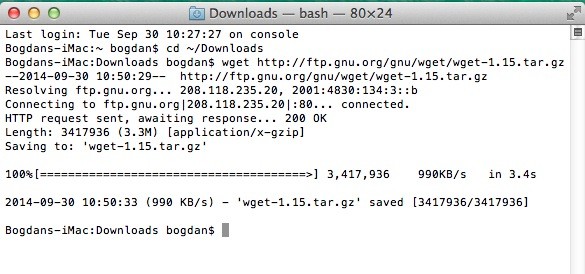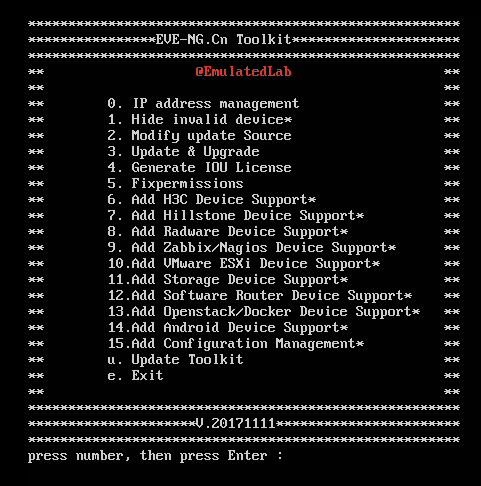
This particular option tells wget that you’d like to continue an existing download. Open File Explorer and find the wget.exe file you downloaded, then copy and paste it to the C:\Windows\System32 directory to add wget.exe to the PATH environment.
#Wget download download#
Download Wget either for 64bit or 32bit for Windows. With Wget, you can download files using HTTP, HTTPS, and FTP protocols. All of the binaries are compiled statically, meaning that wget.exe doesnt require any other files to work.
#Wget download how to#
The key here is -c, which is an “option” in command line parlance. Before you download files with the wget command, let’s go over how to download and install Wget on your Windows PC first. GNU Wget is a command-line utility for downloading files from the web. If your AV is giving you trouble, and you dont need the documentation or debug symbols, you can download wget.exe directly, or switch to a less broken security product. Use this command to download either a single. If, for whatever reason, you stopped a download before it could finish, don’t worry: wget can pick up right where it left off. The wget command allows you to download files from the Internet using a Linux operating system such as Ubuntu. The article mentions Linux, but the concepts are the same on macOS systems, and Windows systems running Bash. If you’re not sure what that means, check out our guide to managing files from the command line. Note that the file will download to your Terminal’s current folder, so you’ll want to cd to a different folder if you want it stored elsewhere. Moreover, you can also use HTTP proxies with it. The wget command supports HTTPS, HTTP, and FTP protocols out of the box.

It is free to use and provides a non-interactive way to download files from the web. GNU Wget is a free network utility to retrieve files from the World Wide Web using HTTP and FTP, the two most widely used Internet protocols. RELATED: How to Manage Files from the Linux Terminal: 11 Commands You Need to Know wget command is a popular Unix/Linux command-line utility for fetching the content from the web. Wget: retrieve files from the Description. The file will download, and you’ll see progress in realtime as it does. bat file to download the actual MP3 file. The text processing that creates/updates the XML file is written in Python. Now head back to the Terminal and type wget followed by the pasted URL. I have a small utility that I use to download an MP3 file from a website on a schedule and then builds/updates a podcast XML file which I've added to iTunes. Copy the URL for a file you’d like to download in your browser. Wget allows you to install a global startup file (etc/wgetrc by default) for site settings.Let’s start with something simple.
#Wget download zip file#
Here is the downloadable zip file for version 1.2 64 bit.
#Wget download 64 Bit#
Most of the features are configurable, either through command-line options, or via initialization file. Download the classic 32 bit version 1.14 here or, go to this Windows binaries collection at Eternally Bored here for the later versions and the faster 64 bit builds. If you are behind a firewall that requires the use of a socks style gateway, you can get the socks library and compile wget with support for socks. Wget supports proxy servers, which can lighten the network load, speed up retrieval and provide access behind firewalls. Both HTTP and FTP retrievals can be time-stamped, thus Wget can see if the remote file has changed since last retrieval and automatically retrieve the new version if it has.


Matching of wildcards and recursive mirroring of directories are available when retrieving via FTP. Re-getting files from where it left off works on servers (both HTTP and FTP) that support it. Failing that, Wget for Windows, as others have pointed out is definitely the second best option. The recursive retrieval of HTML pages, as well as FTP sites is supported - you can use Wget to make mirrors of archives and home pages, or traverse the web like a Wget works exceedingly well on slow or unstable connections, keeping getting the document until it is fully retrieved. It works non-interactively, thus enabling work in the background, after having logged off.


 0 kommentar(er)
0 kommentar(er)
